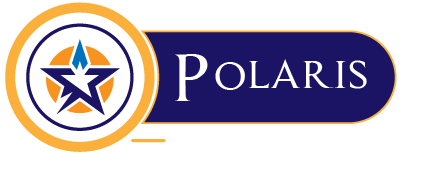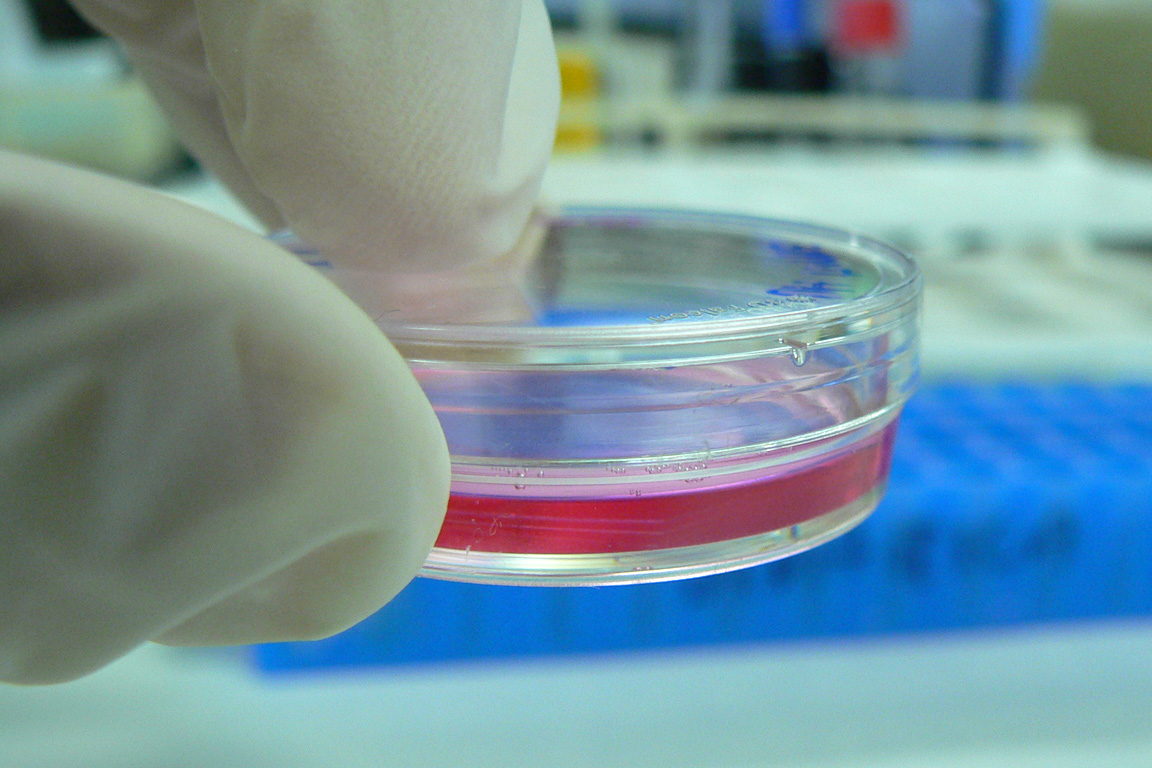Cell culture refers to the process of removing cells from animals and plants and growing them in an artificially-controlled environment. The cells used for cell culture may be removed directly from the organism’s tissue through mechanical or enzymatic means before cultivation. Sometimes, the cells can be obtained from cell lines or cell strains that have already been established.
Cell culture is a versatile tool that helps researchers investigate basic scientific and translation research questions. This blog post takes you on a journey to the world of cell culture and details the growth factors and recent developments in the Asia Pacific cell culture market. Stick with us!
A Quick Overview of Culture Conditions
The specific culture conditions tend to differ for every cell type. However, the artificial environment in which cell culture is being carried out includes a suitable vessel consisting of:
- A substrate supplying all the essential nutrients, which include vitamins, minerals, and amino acids.
- Factors promoting cell growth.
- Gases like oxygen and carbon dioxide.
- A regulated physico-chemical environment.
Most cells used in cell culture are anchorage-dependent, meaning they can’t divide or survive unless they’re attached to a surface. As a result, they need to be cultured when attached to a solid or semi-solid substrate. Certain cells used in cell culture can be grown floating in the culture medium.
Industry Analysis
According to a new study by Polaris Market Research and Consulting, the Asia Pacific cell culture market size was USD 4,438.20 million in 2021 and is expected to grow at a CAGR of 14.2%, generating an estimated revenue of USD 14,603.90 million by 2030.
Morphology of Cells in Culture
Cells used in cell culture can be classified into three main types depending on their morphology (shape and size). Here’s a quick overview of the three:
Fibroblastic cells: These are a type of biological cells having elongated shapes. Fibroblastic cells are bipolar or multipolar and connect and support other tissues in the body.
Epithelial-like cells: These cells tend to have a polygonal shape and show more regular dimensions. Epithelial-like cells are anchorage-dependent, so they grow attached to a surface.
Lymphoblast-like cells: These are immortalized cells having spherical shape. Unlike other cell culture cells, lymphoblast-like cells grow in suspension without attaching to a surface. A good example of lymphoblasts is blood cells.
What’s Driving the Industry Forward?
Advances in technology have laid the foundation for the development of highly efficient and complex cell culture techniques. These advancements come in the form of 3D cell culture systems and chemically defined media formulations. Besides, technological advancements have also led to the creation of highly sophisticated bioreactor technologies.
The adoption of 3D cell culture is another factor propelling the Asia Pacific cell culture market forward. 3D cell culture can better imitate the in vivo environment and offer benefits in cell culture and drug discovery applications. Furthermore, it allows for more accurate evaluation of drug toxicity, making it a crucial tool for preclinical research.
Furthermore, chemically-defined media formulations are gaining traction due to their benefits over traditional media. These media formulations have enhanced reproducibility and lower risk of contamination. Also, they offer better control over cell culture conditions, which is crucial in manufacturing biopharmaceuticals needing strict control over quality.
China Garnered the Largest Revenue Share in the Market in 2022
In 2022, China captured the largest revenue share of the Asia Pacific cell culture market. China’s strong position in the market can be attributed to numerous factors. First, China’s biopharmaceutical sector has grown significantly over the past few years, resulting in increased demand for cell culture products. In addition, the country has made substantial investments in R&D facilities to foster innovation and drive the implementation of cell culture technologies.
Recent Developments
In October 2021, Thermo Fisher Scientific unveiled its new Gibco Cell Therapy Systems (CTS) NK-Xpander Medium. The new medium offers an optimized environment for NK cell expansion on a large scale, enabling researchers to meet the growing demand for cell-based therapies in immunotherapy applications.
To Sum It Up
Cell culture is a versatile tool with several cellular and molecular biology applications. It offers an excellent way to study drug compounds’ effects on the cells. With the rising demand for biopharmaceuticals and rising investments in life sciences research, the Asia Pacific cell culture market sales are anticipated to grow significantly in the upcoming years.

